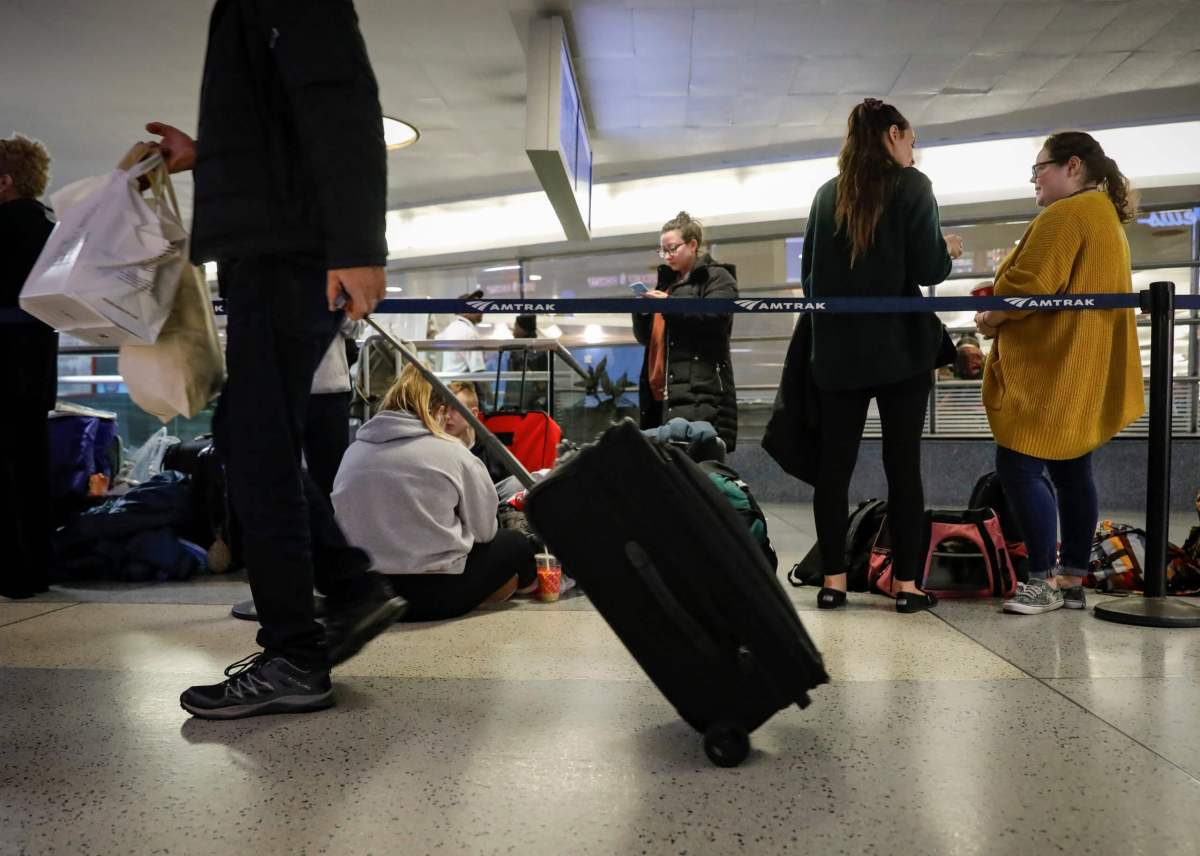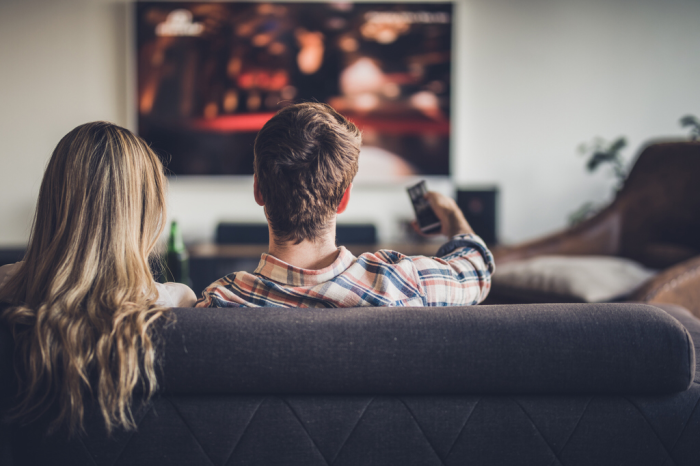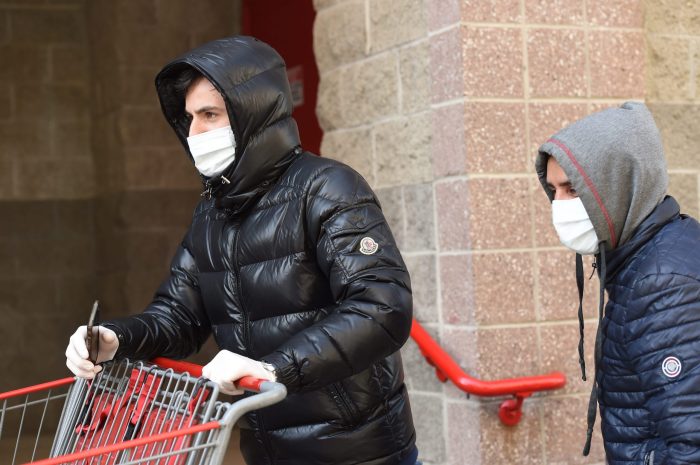Almost every state in the Union is now on New York’s travel quarantine list because of yet another resurgence of COVID-19 in America — and Governor Andrew Cuomo said Saturday the state is adopting a new strategy to prevent the spread here.
The change comes with the approach of Thanksgiving, and the anticipation that thousands of New Yorkers will travel out-of-state to visit families and friends. Cuomo expressed concern that those travelers will inadvertently bring COVID-19 back with them upon their return to New York, and cause a surge of cases here.
“People are going to travel for Thanksgiving. We’re having issues with small gatherings, which is almost a psychological issue,” Cuomo told reporters during an Oct. 31 conference call. “People think they are safe if they are with people they know. Just because they’re your family doesn’t mean they’re safe from COVID. Your family may be safe, but they’re not safe from COVID, and that’s where we’re seeing increases.”
New York currently has the third-lowest infection rate in the United States, with only Maine and Vermont having fewer COVID-19 cases.
The previous quarantine plan — which required out-of-state travelers to quarantine for up to two weeks upon arriving in New York — had become a moot point, Cuomo said Saturday. The rapid increase in COVID-19 cases across the country in recent weeks had resulted in almost every state qualifying for the list.
Under the new plan that Cuomo outlined, all travelers coming into New York from out of state — and all travelers who return to New York from an out-of-state visit of longer than 24 hours — will need to get a COVID-19 test three days before arriving in New York and have proof that they test negative.
Upon arriving in New York, the travelers will have to quarantine for three days, then take a COVID-19 test on the fourth day. The quarantine ends for travelers who test negative for COVID-19 on the fourth day; anyone who tests positive will need to remain in quarantine for up to 14 days.
“You will have had a test within three days of arrival, and a test four days after arrival that says your negative. That’s a week,” Cuomo said. “Basically, by all probability, that’s the incubation period.”
COVID-19’s incubation period can run anywhere between two and five days before symptoms develop, according to the Centers for Disease Control. Some cases have been known to develop within two weeks of exposure.
Anyone who is leaving New York for an out-of-state visit of less than 24 hours, the governor explained, will not need to get a COVID-19 test before returning. They will, however, be required to quarantine for four days after arriving back, and then get a COVID-19 test — with a negative result ending the quarantine.
Local health departments and authorities stationed at the state’s airports will be tasked with enforcing the new policy, the governor added. The policy does not apply for any travelers visiting states “contiguous” to New York — including New Jersey, Connecticut, Pennsylvania, Massachusetts and Vermont.
The governor also reported that New York continues to see progress in battling COVID-19 cases in micro-cluster red and orange zones, including areas of Brooklyn and Queens. The COVID-19 positivity rate in these areas on Oct. 30 was down to 3%.
“Anecdotally, the hospitals and health care agencies suggest they are seeing a positive shift in those micro-cluster zones,” Cuomo said, referring to a decrease in severe cases in these areas. “The numbers say it, but the anecdotal [evidence] also says it. I believe we got their attention in the red zones, and they increased enforcement, and restrictions got their attention.”
Cuomo again suggested that the state would continue its micro-cluster response approach to battling COVID-19 if and when cases increase in hot spots during the fall and winter.
Over 136,000 test results were reported on Oct. 30, with the statewide positivity rate — including the micro-clusters — at 1.49%. Approximately 1,121 people were hospitalized with COVID-19 symptoms, with 248 in intensive care and 122 on intubation.
Eight New Yorkers died of the illness Friday.



































